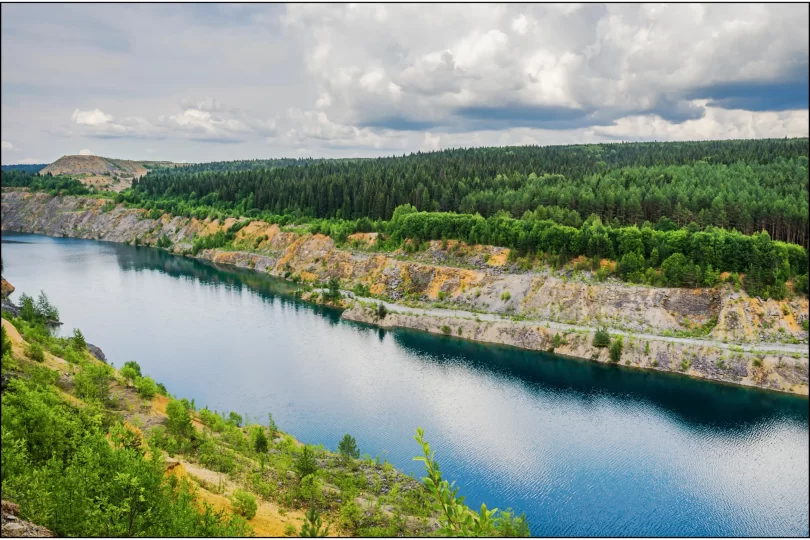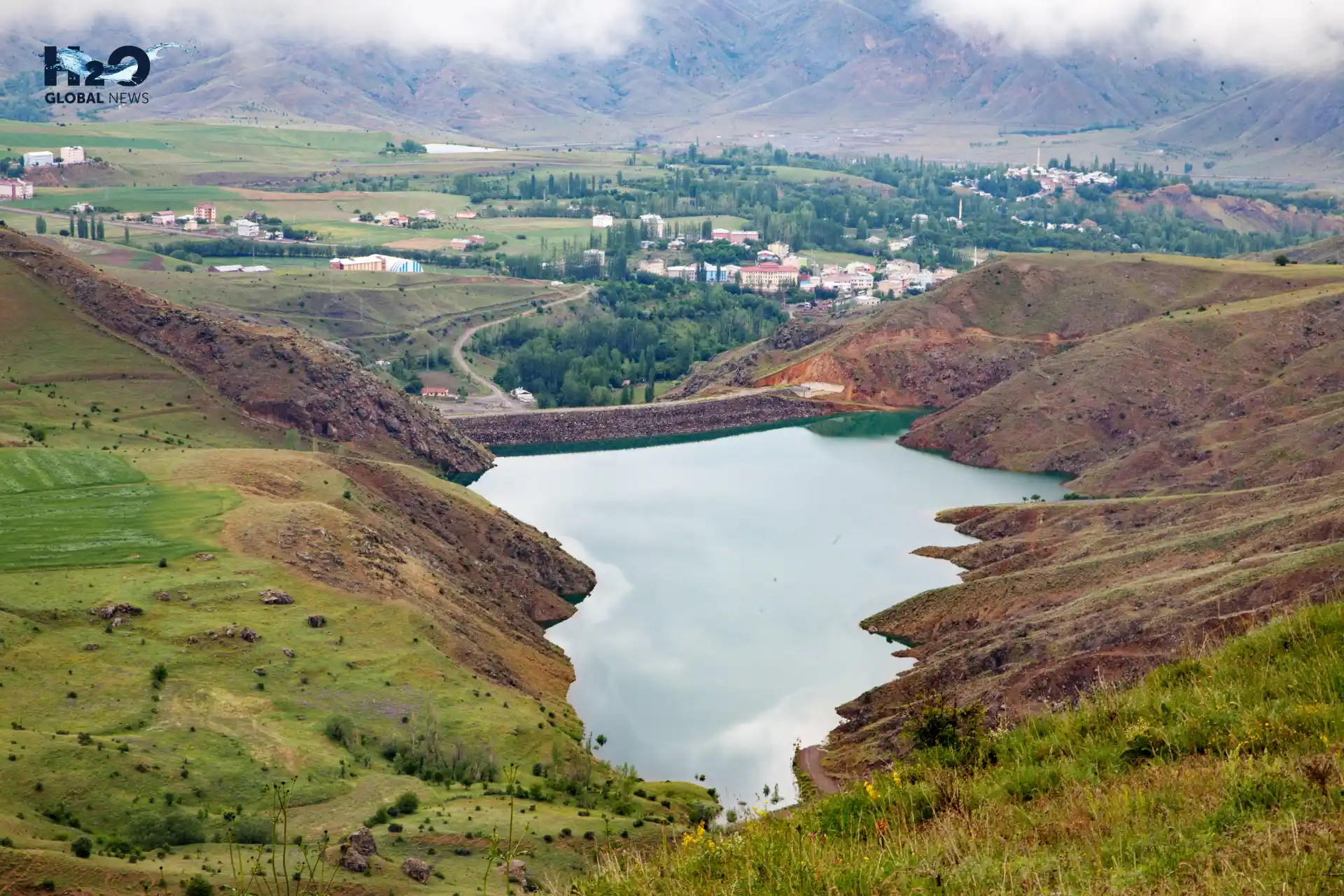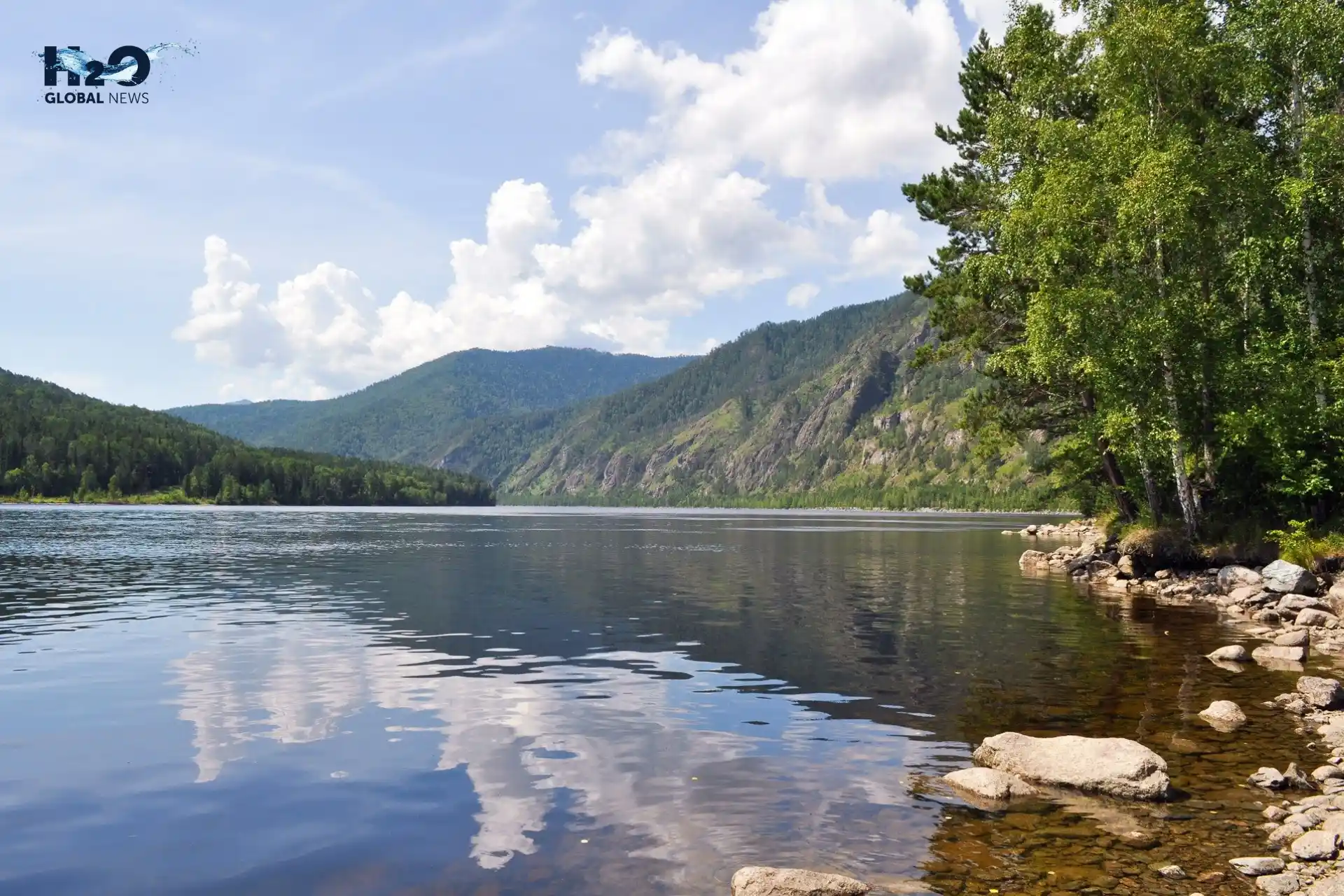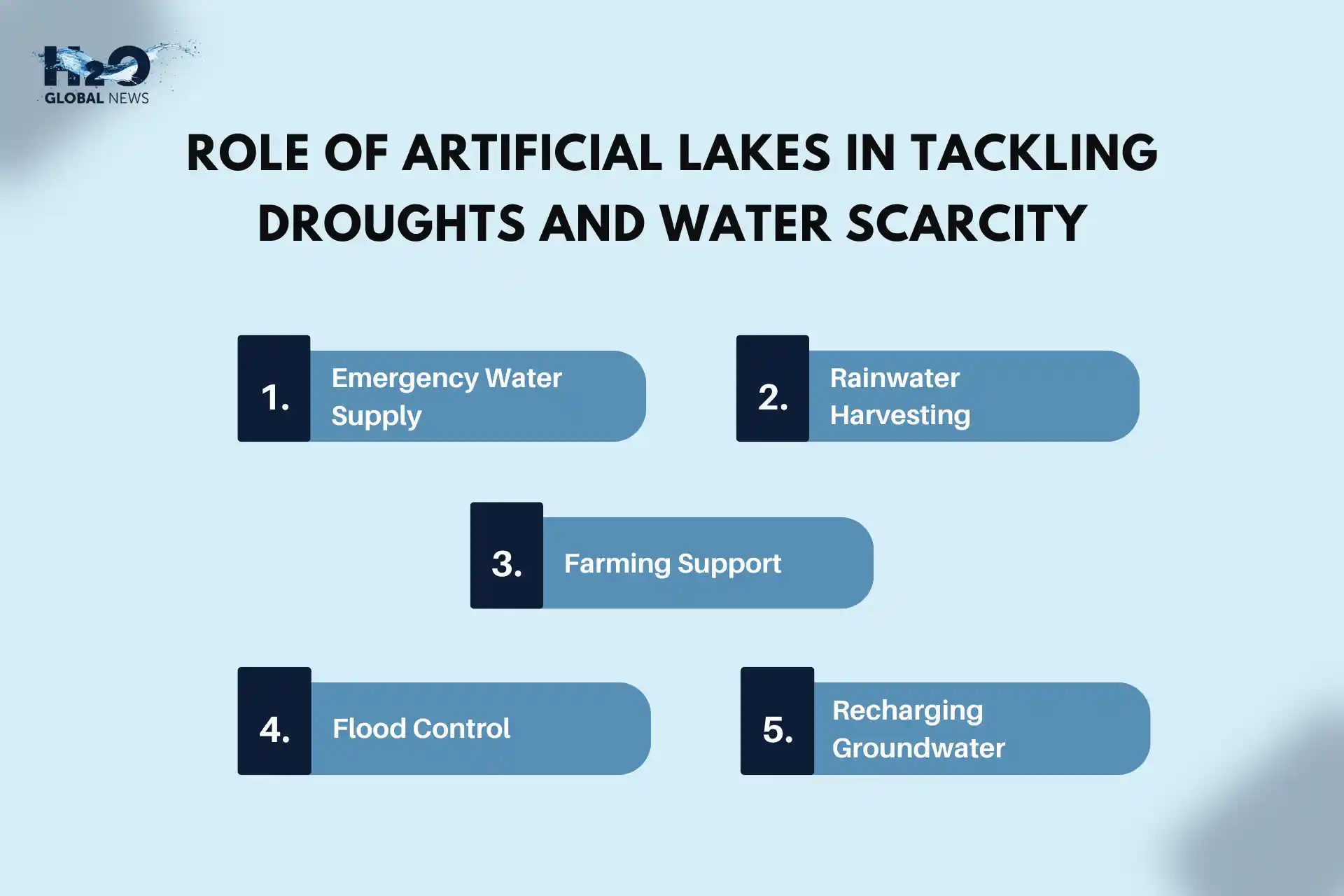Water is essential for life, but many places around the world are starting to run out of it. Long dry spells, overused rivers, and falling groundwater levels are making the problem worse. With climate change causing rain to become less reliable, countries now need to find new ways to save and manage water.
One of the solutions gaining attention is the construction of artificial lakes. These man-made water bodies are helping governments not only store rainwater but also manage floods, support agriculture, and keep communities supplied during dry seasons.
What Are Artificial Lakes and Why Are They Built?
Artificial lakes, sometimes called man-made reservoirs or tanks, are large water bodies created by digging into the ground or blocking rivers using dams or embankments. Unlike natural lakes, which form over centuries, artificial lakes are built with a purpose, to store water for human use. These artificial reservoirs are part of larger water storage solutions used in hydrological engineering to control and manage water more efficiently.
They are often placed near towns, farms, or dry regions where access to fresh water is limited. Once filled, these lakes serve many roles, such as:
- Collecting rainwater during wet seasons
- Storing water for drinking, farming, or industry
- Helping control floods by capturing excess rain
- Supporting biodiversity, especially in arid regions
Why the World Is Turning to Artificial Lakes to Fight Water Scarcity
As the global demand for water increases, traditional sources like rivers, glaciers, and underground aquifers are no longer enough. In many countries, over-pumping of groundwater has caused wells to dry up. Others are losing freshwater sources due to pollution or climate change.
Artificial lakes give countries a way to:
- Store rainwater that would otherwise be lost as runoff
- Balance the water supply between wet and dry seasons
- Improve local water access without needing long pipelines or deep wells
- Create local jobs through construction and maintenance
- Support agriculture by storing water near farmlands
Large artificial reservoirs store water during wet periods and release it during dry times, serving the needs of municipalities, irrigation, flood control, hydropower, recreation, and habitat preservation.
How Do Artificial Lakes Help During Droughts and Water Crises?
When drought hits, artificial lakes become a lifeline. Here’s how they make a difference:
- Emergency water supply: During dry periods, stored water from these man made lakes can be utilized for drinking, farming, and sanitation purposes.
- Rainwater harvesting: Rainwater harvesting through artificial lakes helps collect and store water during the rainy season so that it can be used later during dry periods or when rainfall is low.
- Farming support: Farmers can draw water from nearby reservoirs to keep their crops alive during dry spells.
- Flood control: In areas prone to heavy rains, the largest artificial lakes help catch and hold excess water, preventing damage downstream.
- Recharging groundwater: Some lakes slowly release water into the ground, helping refill underground aquifers.
These benefits are especially important in regions that face long dry seasons or depend heavily on seasonal rains. Their role in water resource management is more critical than ever.
Country Case Studies: Where Artificial Lakes Are Making a Difference
United Arab Emirates – Water Reserves in the Desert
In one of the world’s driest regions, the UAE has created artificial lakes to store desalinated water both underground and in open reservoirs. These reserves serve as emergency supplies for drinking and firefighting purposes. Lakes like Al Qudra near Dubai not only provide water but also attract wildlife and promote eco-tourism. For a desert country, storing every drop matters, and artificial lakes make it possible.
Kenya & Ethiopia – Community Reservoirs in Drought Zones
In East Africa, small artificial lakes and ponds are being built in remote villages that regularly face drought. These are often community-led projects supported by NGOs or government programs. The stored water is used for livestock, farming, and even household needs during dry months. These small lakes may not be the biggest artificial lakes, but they have a big impact on survival and daily life.
China – Urban Artificial Lakes for Water Balance
In fast-growing cities like Beijing and Shenzhen, artificial lakes are being created as part of the “Sponge City strategy”. These lakes absorb rainwater during storms and release it slowly during dry periods. They also serve as public parks and cooling zones, helping manage heat in densely built areas. For cities that struggle with floods and droughts, these artificial reservoirs play a dual role in water storage and urban planning.
India – Mission Amrit Sarovar
India launched the Mission Amrit Sarovar project to build and revive thousands of small artificial lakes across the country. These lakes are designed to collect rainwater, especially in villages and rural areas. The goal is not only to fight water scarcity but also to support farming and improve groundwater levels. By involving local communities in construction and maintenance, the program is creating sustainable water infrastructure from the ground up.
Want to see how massive water reservoirs are changing the game? Check out some of the largest water reservoirs in the world and discover how global giants are managing their water needs.
Are Artificial Lakes a Scalable Solution for the Future?
Artificial lakes are proving to be a powerful tool in the fight against water scarcity, but they’re not a one-size-fits-all solution. To succeed, they need:
- Careful site selection to avoid harming ecosystems
- Regular maintenance to keep the lakes from drying out or becoming polluted
- Support from local communities to protect and use them wisely
- Long-term planning so that lakes remain useful as climate conditions change
An analysis shows how the U.S. Army Corps of Engineers is adapting old single-purpose reservoirs into multi-purpose systems to meet modern demands for both water supply and flood control.
Conclusion
In a world where water is becoming more scarce, artificial lakes to fight water scarcity are more than just a backup; they’re becoming part of everyday life. Whether it’s a large urban reservoir or a small village tank, these man made lakes are helping countries store rainwater, survive droughts, and plan for the future.
They show that with smart planning and a focus on local needs, even the simplest idea, holding on to rainwater, can make a lasting difference.
FAQs
Can artificial lakes help recharge groundwater?
Yes. Many artificial lakes are designed to allow water to slowly seep into the ground, which helps refill underground aquifers and improve groundwater levels.
Are artificial lakes used only for storing drinking water?
No. Besides drinking water, artificial lakes are often used for irrigation, flood control, hydroelectric power, and even recreation or tourism.
How can we solve the problem of water scarcity?
Solutions to addressing water shortages include dams and reservoirs, rainwater harvesting, aqueducts, desalination, water reuse, and water conservation.
Which countries are known for using artificial lakes effectively?
Countries like India, Israel, Australia, and the United Arab Emirates have implemented artificial lakes to tackle water shortages, support agriculture, and store seasonal rainfall.
How long does it take to build an artificial lake?
It depends on the size, location, and purpose. Smaller reservoirs may take a few months, while large-scale lakes for urban water supply or irrigation can take several years.












